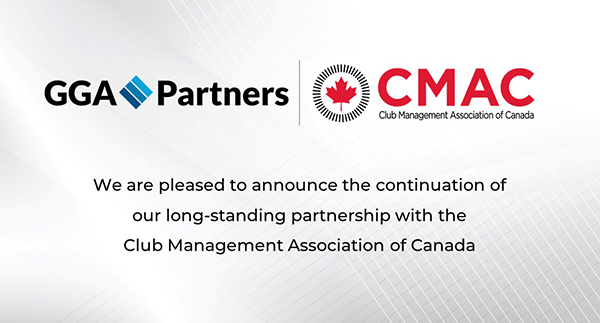Imagine how the architects who were commissioned to restore the Notre-Dame Cathedral to its original magnificence felt in 2021 when awarded the project and given an ambitious timeline for its completion. Or how a surgeon feels with Tiger Woods on his operating table.
Welcome to the emotion-charged worlds of Colonial Country Club CEO Frank Cordeiro, director of agronomy Rich McIntosh and renowned golf course architect Gil Hanse when the decision was made to fully renovate one of the most historic courses in America.
Their job was to bring Colonial back to the way it played in its early days — say, in 1941 when Craig Wood won the U.S. Open over the track that came to be known as Hogan’s Alley, so named for Ben Hogan’s five wins there.
They were tasked with reintroducing a ruggedness to the landscape — a more natural look and feel — and bringing the added influence of the Trinity River into play. While the patient was on the table, why not also revamp the course’s irrigation systems?
Oh, almost forgot: They would have less than a year’s time to complete the project before PGA Tour players struck their first shots at Colonial in the long-running Charles Schwab Challenge. Under more normal circumstances, such an undertaking would require 18 months.
Hanse, whose résumé includes restorations at Los Angeles Country Club, the Olympic Club, Oakland Hills and Baltusrol, had faced aggressive deadlines before in his celebrated career. But those challenges didn’t come packaged with Texas’s unpredictable weather. The renovation’s success hinged on the course’s recently planted turf making it through the winter without significant setbacks. On that score, they surely found no comfort in the state’s recent history of record-breaking ice and snowstorms.
Nor would there be any mulligans. The timeline allowed for no adjustments — the pros would be the first to play the course, even before any members.
Intimidating? Daunting? Risky for men with their estimable reputations?
As Hanse said — and many others no doubt believed — failure was not an option. “When you have a deadline like this, you really can’t fail. There’s so much riding on it.”
Those who took on the challenge — a group that also included Caveman Construction, LaBar Golf Renovations, Heritage Links, Michael Kuhn & Associates and Colonial’s own agronomy staff — followed in the bold footsteps of Colonial founder Marvin Leonard. Some eight decades ago, Leonard envisioned a golf course and club unlike others in the Lone Star State. He wanted bentgrass greens when others warned against it. He conceived of an invitational event for the world’s best players. He persuaded the USGA to bring its national championship to Colonial only five years after it opened.
The team swung into action almost as soon as the last putt dropped in the 2023 Charles Schwab Challenge. In all, they moved upwards of 30,000 cubic yards of dirt as part of a $25 million budget.
A supportive membership surely relieved some anxiety. “The project received well over 80 percent support at the time of the project approval vote,” Cordeiro says. “Throughout the project, the members were patient and supportive. No complaints, just encouragement, support and excitement.”
By now, we know the project was successful. Reviews were unabashedly positive in the days leading up to May’s tour stop and during the tournament.
“The project was executed without a single change order. Amazing on a project of this scope, complexity, and schedule. Not possible without great partners,” Cordiero marvels.
Even some of golf’s notoriously harsh critics were impressed.
“I imagine it’s tough for a course designer to bring a course back in time, but accommodating the modern game, making it maybe more playable for an average member 51 weeks of the year, but still a championship golf course making it as or more difficult for us,” Jordan Spieth said on the eve of this year’s Charles Schwab event. “I guess time will tell over the next four days, but it really seems like he’s somehow done that, and that’s really cool.”
GGA Partner Henry DeLozier penned this article for golfcourseindustry.com. It appeared in July 2024.











